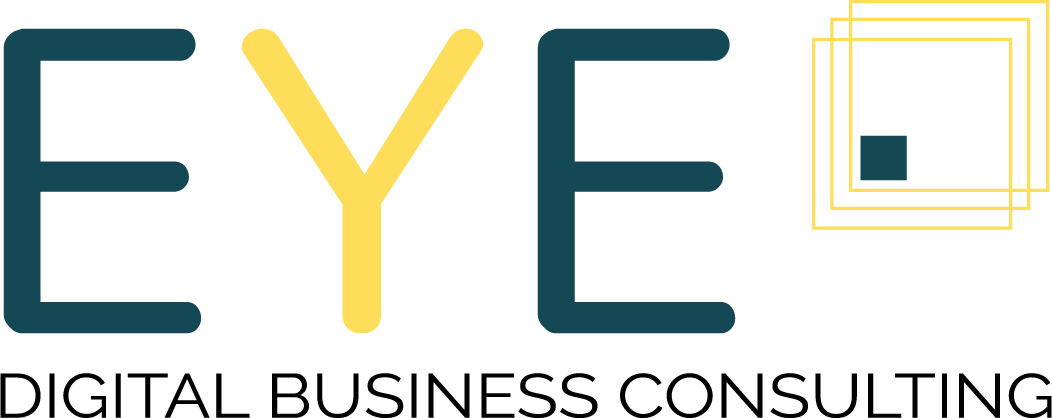The OKR method, or how to set relevant, ambitious, short-term goals?
Try the OKR method and you will adopt it. Start the year 2022 on the right foot!
The OKR method, which stands for Objectives and Key Results, is a management method that enables the objectives of employees to be aligned with those set by the organisation. It is an effective and fun way to bring a team together around objectives that make sense for both the employees and the company.
Using the OKR method means setting a course for your company and motivating your teams: if setting ambitious objectives encourages growth, identifying specific and measurable success indicators is the way to success! Together, let's discover this method which combines team spirit and individual performance, for the benefit of the group.
_________
OKR method: the origins
Introduced in the 1950s, the OKR method was taken up in the 1970s by Andy Grove, former CEO of Intel, and then by Google in 1999, which helped make it popular. This proven method is an alternative to more traditional and less flexible processes.
When used properly, the OKR method can boost the creativity, initiative and autonomy of your employees. Nevertheless, its success can only be guaranteed by a serious reflection on the objectives and indicators to be set as well as the definition of a clear and transparent framework for your employees.
While this method is now being used by web giants such as Amazon, Spotify, Twitter and Linkedin, it can also be applied to start-ups and SMEs that have a clear vision and want to make it a reality.
A powerful tool for boosting team engagement and efficiency
The OKR method is not a monitoring tool. It is more of a contract between management (at any level) and employees, to be honoured over a short period of time (preferably +/- 3 months).
By OKR we mean the alignment of the organisation's overall objectives (Objectives) with the tasks to be carried out and the concrete results to be achieved in a given period of time (Key Results). This method therefore answers two fundamental questions:
1/ What direction do we want to take? Or what do we want to achieve? (Objectives)
2/ How do we get there and make sure we are on the right path (Key Results)?
A common mission that allows individualities to act and express themselves
By definition, the OKR method therefore enables task management within a team or an organisation around common priorities.
Let's take a concrete example: a manufacturer of organic artisanal jams wants to become the reference on the West Indian market. He can express and share his vision with his employees in two ways:
Option 1: OKRs are defined by the leader
Manager: "I want to become the reference on the market and for that you will have to:"
Sales team: validate the listing of the brand in more than 15 supermarkets within 3 months
Marketing team: present a market study within three months justifying that more than 30% of West Indians have a good image of the brand
R&D team: propose 5 new recipes ready to be launched in production to diversify our offer
Option 2: OKRs are defined by the organisation, manager & staff
Manager: "Our brand must become the reference in the West Indian market for organic artisanal jam".
Proposal from the sales team: "we think we can get the brand listed in at least 15 supermarkets within 3 months"
Proposal from the marketing team: "we will implement the necessary actions so that at least 30% of West Indians recognise the brand
Proposal from the R&D team: "we think we will be able to test and propose 3 new recipes within three months in order to expand our product portfolio".
In the first scenario, the leader defines and imposes his vision and the results he wishes to achieve over the period. In the other one, the employees themselves have set the results to be achieved, so they feel much more invested and concerned about achieving the common goal. In both cases, make sure you follow the steps as indicated below to deploy the OKR method optimally in your organisation:
Define the company's vision.
Define a strategy to achieve the vision.
Set ambitious, non-costed goals.
Set quantified and measurable key results.
Set up teams that can take initiatives.
Measure whether or not the objectives have been achieved. Finally, monitor the progress of the OKRs on a regular basis with the manager concerned, but also with other teams.
Point of caution: the OKR method is not a monitoring tool
For the OKR method to work, management and employees must be equally involved in the process to ensure that the results are relevant. This approach should be carried out as a team. However, the risk for management is to use this method to both give its vision and also impose tasks and results in order to achieve the objectives. By using OKRs in such a specific way, the possibilities are not endless and teams are forced to constantly chase after objectives that they have not set, instead of figuring out the most relevant route themselves.
At a time when businesses are becoming increasingly complex and specialised, it is illusory to think that the CEO, the executive or the manager is able to understand and decide on each and every action to be carried out by the employees. The top-down approach must be abandoned! Everyone must be allowed to find their place (again) at the heart of the organisation.
